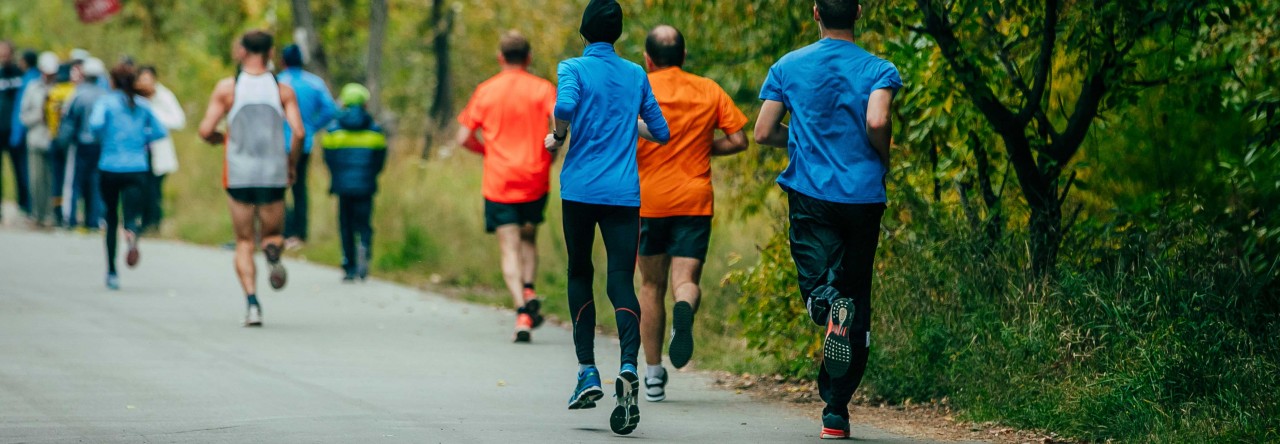Remembering just 4 years ago when I was working out hard preparing for my first marathon race, the commitment, pride and enthusiasm to get up early for my long runs, to go out at noon from work for a quick interval training, or to run back home from work in the evening. Two highlights of memories from that time reside in days I could not walk properly due to severe muscle soreness in my lower legs, or the annoying red lights I had to stop at in the middle of my long runs when I would bend over to stretch my calf muscles to keep them in working condition in the interim.
The other day I spotted a runner who was doing the same mistakes I used to do at running, using not very efficient techniques that despite seemingly fruitful in terms of speed and total distance, they exhaust smaller muscles in [lower] legs too much. I itched so much to talk to him. I know runners do not like that, they resent being stopped. I have been there so I understand but when can I see them again? the best moment is just before my eyes when they are busy with their wrong doing! Anyway, I waved at him and gestured with my index finger meaning I wanted one minute with him. He was listening to music. He smiled back, shook his head negatively, removed his headset and said “mate, cannot stop!”.
Went running this morning, a long run, aimed for 17km+. Kept my pace better than 6min/km, sometimes close to 5min/km. So it was between conversational pace and a bit faster. Stopped at a few water fountains for hydration. Noticed I would not bother with stopping anymore unlike the way I used to do. Thanks to my new techniques, I no longer overtax my lower legs. My resentfulness to stopping has decreased as I feel a low or almost no stiffness in my lower legs at such stopping.
Do you know why runners wear shoes?! Because feet are proportionally small compared to the rest of body while carrying out the mission critical task of being the sole contact point with the ground. They are the warriors on the very front line at a battlefield but due to their size they are kind of the weakest. Thus comes the idea of providing them protection. Still arguable to either develop the strength in the feet or buy it off the shelf but surely protection can provide some comfort, if not meddling with anything or causing side effects. Following feet, shin area is under pressure too, especially in recreational runners who do not usually run as efficiently as elite runners do. Stopping in the middle of a run suddenly changes the workout from tolerating body weight for a short period of time in a regular manner to a constant holding the body weight on top of exhausted lower legs. Lower legs (including feet) comprise of many small muscles. When a muscle has overworked it loses its elasticity, meaning it tends to get stiff. That is why when getting stopped in the middle of a run, the lower leg muscles resist to resume the activity.
The solution is simple, share some load with bigger muscles in legs: your hamstrings. What must be done in the first place is to rewire the brain not to command the lower leg muscles for propulsion. The “dominant” role of lower legs then becomes to only help with shock absorption. As soon as the landing is over, the foot has to be “lifted” off the ground. The knee on the back leg flexes by hamstrings while other muscles like hip flexors bring the leg forward for the next stride. Takes learning the theory and practicing some drills. Once you learn it, running becomes a “training sport” thereafter.
These are all covered in the Pose Method of Running and that is what I train runners for.


Comments are closed.